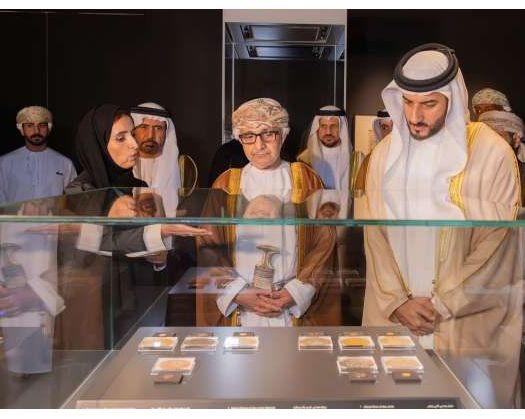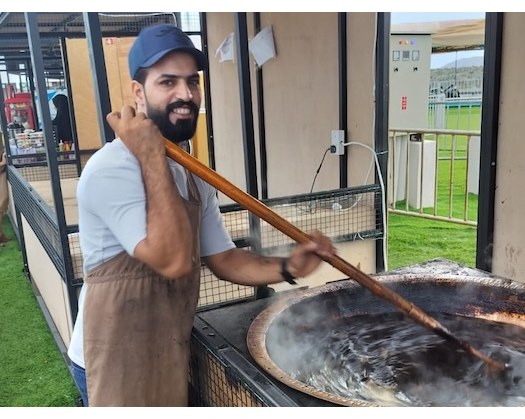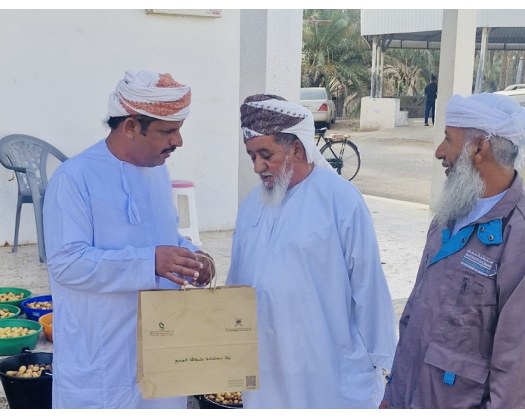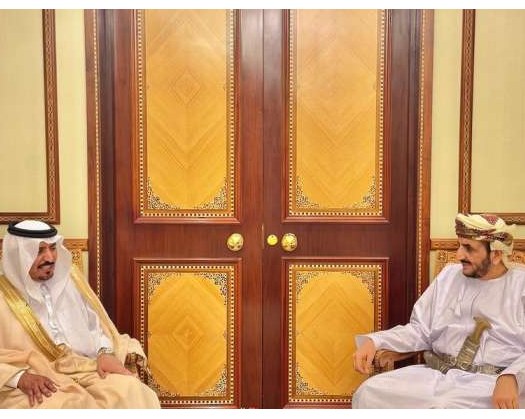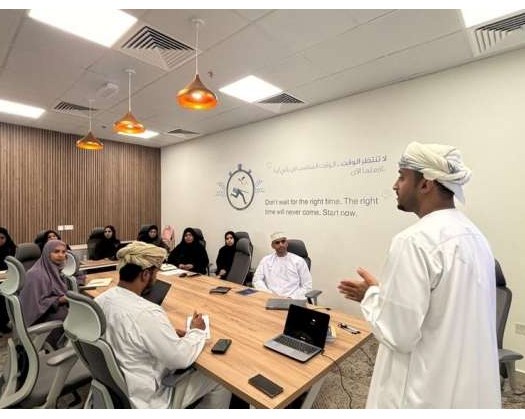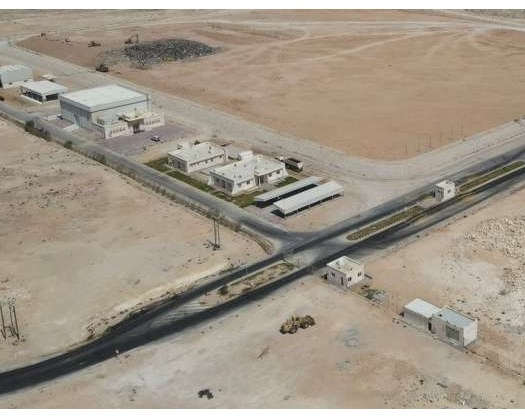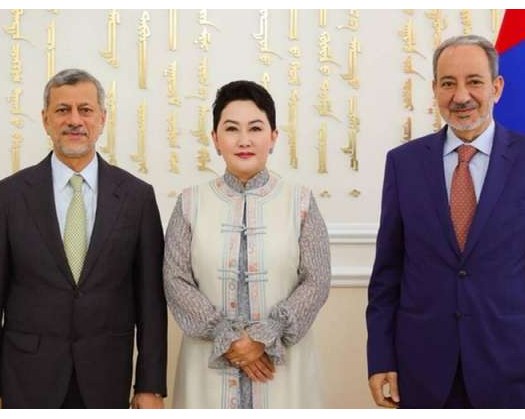Muscat: On Monday, the National Museum, in partnership with the Sharjah Museums Authority, launched an exhibition entitled “Masterpieces of Art from the Sharjah Museum of Islamic Civilization.”
This exhibition aims to showcase the beauty and development of Islamic art, as well as the significant scientific contributions made by Muslim scholars throughout history.
The event was held under the patronage of Salim Mohammed Al Mahrouqi, Minister of Heritage and Tourism and Chairman of the Board of Trustees of the National Museum, and was attended by Sheikh Sultan Ahmed Al Qasimi, Deputy Ruler of the Emirate of Sharjah, along with numerous individuals interested in cultural and museum-related topics.
The exhibition will be accessible to the public until May 3, 2025.
It features 82 exceptional artefacts that represent the treasures of Islamic civilization and the accomplishments of Muslim scholars, highlighting the richness and variety of Islamic culture.
Notably, several items are being exhibited outside the United Arab Emirates for the first time, including the first Qur’an printed using the lithographic method and a silver cup embellished with floral designs, engraved with the tughra of Ottoman Sultan Abdul Hamid II.
The exhibition is organized into three sections: Calligraphic Arts, Sciences and Innovations, and Harmony and Diversity.
Jamal Hassan Al Moosawi, Secretary-General of the National Museum, remarked:
"In line with the cultural diplomacy efforts of the National Museum, we are delighted to present the exhibition ‘Masterpieces of Art from the Sharjah Museum of Islamic Civilization’. This exhibition builds upon the foundation laid by the National Museum with the launch of ‘Omani Civilisation: Origins and Development’ in 2023 at the Sharjah Archaeology Museum. This significant event has opened avenues for enhanced collaboration between the National Museum and the Sharjah Museums Authority."
He further noted, "The exhibition showcases artefacts that are intellectual treasures from various Islamic periods, highlighting the scientific, cultural, and intellectual progress of those eras. They illustrate how Islam established the groundwork for a vibrant civilization centered on knowledge, the pursuit of understanding, and the enhancement of human intellect for the benefit of the planet and humanity."
Aisha Rashid Deemas, Director-General of the Sharjah Museums Authority, praised the importance of the exhibition and expressed her pride in the partnership with the National Museum. She emphasized the exhibition's crucial role in honoring the deep cultural and fraternal connections between the Sultanate of Oman and the United Arab Emirates, which are firmly anchored in shared heritage and values.
She stated, "Such collaborations not only reinforce the enduring ties between our two nations but also exemplify the broader mission of cultural diplomacy by promoting understanding and unity through our shared artistic heritage."
The Calligraphic Arts section of the exhibition showcases the elegance of Arabic calligraphy throughout various historical and artistic periods, featuring a collection of Islamic manuscripts, textiles, and coins.
This collection encompasses Qur’anic manuscripts and folios, curtains from the Prophet’s Mosque, an embroidered frame from the Kaaba’s Kiswa (Qandil), writing instruments, and a variety of Islamic coins from the Umayyad and Abbasid eras. The extraordinary style of the Holy Qur’an has inspired Muslim scholars and enchanted calligraphers and artists throughout generations, stimulating their creativity and contributing to the advancement of Arabic calligraphy and decorative arts.
The Sciences and Innovations section highlights the achievements and inventions of Muslim scholars from various regions of the Islamic world in fields such as astronomy and medicine. The exhibits include astrolabes, celestial globes, a medical manuscript translated into Arabic, as well as dental and cauterization instruments.
The Harmony and Diversity section illustrates the aesthetic richness of Islamic art through geometric, floral, and figurative motifs, showcasing its evolution from the 2nd to the 14th centuries AH (8th to 20th centuries CE). This section features a unique collection that reflects social life and the impact of artistic and commercial exchanges throughout the Islamic world. Notable items include a hexagonal dining table inscribed with the name of Al-Nasir Muhammad ibn Qalawun, one of the most significant Mamluk sultans, along with an array of dining ware such as glazed ceramic and metal pitchers, bowls and jars, glass and metal flasks, incense burners, lamps, and candlesticks.

